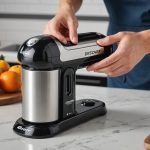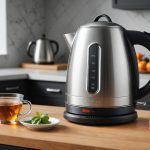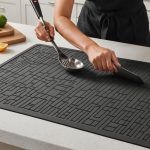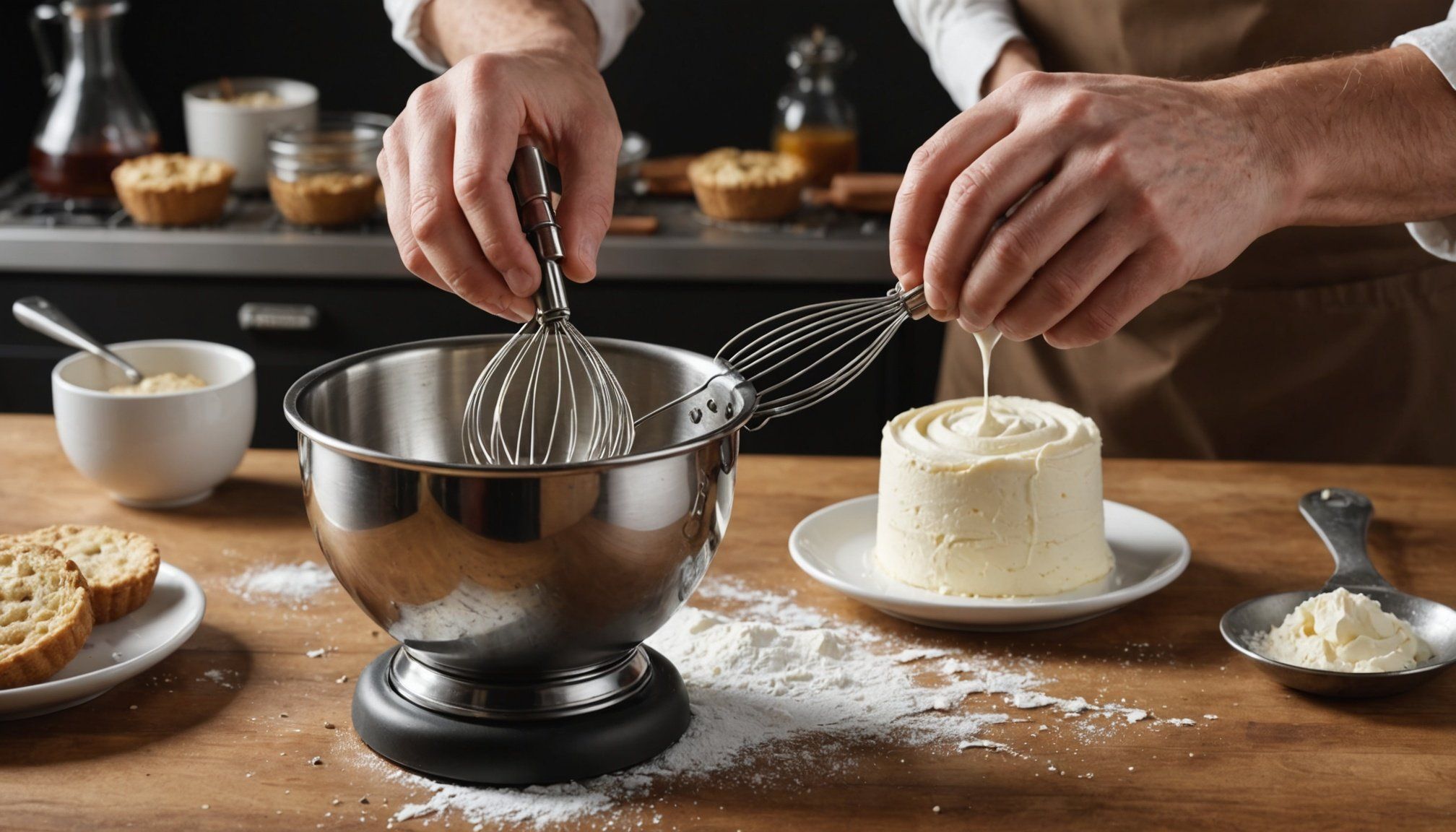Overview of Durable Whisks for Bakers
In the world of baking, choosing the right whisk is crucial for achieving the best results. Durable whisks come in various types, each with materials that directly affect their performance and longevity. Understanding these differences is essential for both amateur and professional bakers.
The materials commonly used for making whisks include stainless steel, silicone, and plastic. Stainless steel is popular for its strength and corrosion resistance, making it the most durable option. They are ideal for heavy-duty tasks such as beating dense batters or whipping cream. Silicone whisks, on the other hand, are known for their flexibility and non-stick properties, making them perfect for use with non-stick cookware. Plastic whisks, while less common, are useful for light-duty tasks and are often more affordable.
Also to read : Discover the Ultimate Cookware Choices for Perfect Induction Cooking
The durability of a whisk largely hinges on its construction quality, the frequency of use, and the type of baking tasks it performs. Stainless steel is superior in temperatures and heavy mixing, while silicone offers versatility and easy cleaning. Plastics may wear quicker, but they offer a budget-friendly choice for occasional bakers. Your choice of whisk should align with your baking habits and the recipes you commonly prepare.
Detailed Analysis of Whisk Types
Understanding the various whisk types is vital for selecting the perfect tool for your baking needs. Each type offers unique features and is suited for different tasks.
In the same genre : Discover the Best Electric Can Opener for Effortlessly Smooth Edges!
Stainless Steel Whisks
Stainless steel whisks are the epitome of durability, known for their strength and resilience. They excel in heavy-duty tasks like stirring thick doughs or whipping cream. The robust construction facilitates vigorous mixing without bending. Additionally, stainless steel is rust-resistant, enhancing its longevity. However, these whisks can be heavier, potentially causing hand fatigue over prolonged use.
Silicone Whisks
Silicone whisks bring a flexible and non-abrasive solution, perfect for non-stick cookware. Unlike their steel counterparts, they won’t scratch delicate coatings, making them ideal for sauces and custards. Silicone’s flexibility allows for thorough mixing, especially in hard-to-reach areas. Yet, they might not be as efficient in handling thick mixtures.
Plastic Whisks
Plastic whisks are lightweight and budget-friendly. They are suited for light-duty tasks, such as blending eggs or liquids. Despite their affordable price, they lack the durability of metal whisks, being prone to wear with frequent use. Plastic whisks can offer a great starting point for beginners, especially those looking for casual whisking in everyday cooking.
Top-Rated Whisks for Passionate Bakers
Delving into the world of top-rated whisks, one discovers that the best baking tools are those tailored to meet your baking ambitions. These superior whisks stand out through user testimonials and expert opinions, reflecting performance excellence and durability.
Several brands boast whisks that captivate the baking community. For instance, the OXO Good Grips Balloon Whisk is hailed for its ergonomic design and stainless steel construction, making it one of the best whisks for baking diverse recipes. Another standout is the Rösle Stainless Steel Flat Whisk, praised for its unique design and effective blending capabilities, especially for sauces and custards.
User reviews often highlight the importance of whisk material comparison. Genuine passion for baking thrives on such insights, steering one towards whisks that embody longevity and versatility. Recommendations suggest opting for whisks with a strong and balanced build, enabling both amateur and professional bakers to achieve culinary excellence.
By considering these standout options, bakers can harness the benefits of each whisk type, ultimately enhancing their baking repertoire. Selecting a whisk aligned with personal preferences ensures a more enjoyable and successful baking journey.
Tips for Choosing the Right Whisk
Selecting the right whisk involves understanding several key factors tailored to your baking needs. Considering the whisk’s size and design is essential, as these elements directly affect performance. Durable whisks typically have strong and well-balanced builds, making them ideal for heavy-duty tasks.
When choosing a whisk, consider the materials. Stainless steel, for instance, is perfect for intense mixing due to its strength and resistance to corrosion. Alternatively, if you work with non-stick cookware, a silicone whisk helps avoid scratches, offering flexibility for delicate tasks. Meanwhile, plastic whisks present a budget-friendly option for beginners, excelling in lighter chores like blending wet ingredients.
Whisk designs also vary significantly. Balloon whisks are excellent for incorporating air into mixtures, making them the best whisks for baking fluffy items like meringues. Flat whisks, however, assist in deglazing pans or stirring thick sauces efficiently.
Baking tips for whisk selection suggest aligning your choice with specific culinary tasks. For example, opt for smaller whisks for precision in handling small quantities or detailed work. By following this whisk selection guide, bakers can navigate their options effectively, ensuring every baking session is both enjoyable and successful.
Conclusion and Final Thoughts on Whisk Durability
Maintaining the durability and longevity of your whisk is fundamentally linked to effective care and maintenance practices. Each material, be it stainless steel, silicone, or plastic, requires specific attention to ensure extended use.
For stainless steel whisks, immediate cleaning after use prevents rust, despite their natural resistance. Handwashing is preferable as dishwashers can dull the shine. Regular checks for any bending rods sustain their longevity.
On the other hand, silicone whisks benefit from gentle cleaning with lukewarm water to avoid damage to their flexible coating. Avoid high-heat cooking when possible, as consistent exposure can degrade silicone’s structure over time.
Plastic whisks, though less durable, can last longer if cleaned promptly to avoid staining. Due to their sensitivity to heat, using them with cooler mixtures will prevent warping.
To achieve a long-lasting whisk, store these tools in ways that avoid bent wires—think utensil holders rather than cluttered drawers. Ultimately, choosing the right whisk involves comparing materials and designs and understanding how they align with your baking habits. With the right care, any whisk can serve you faithfully as a reliable culinary companion.











